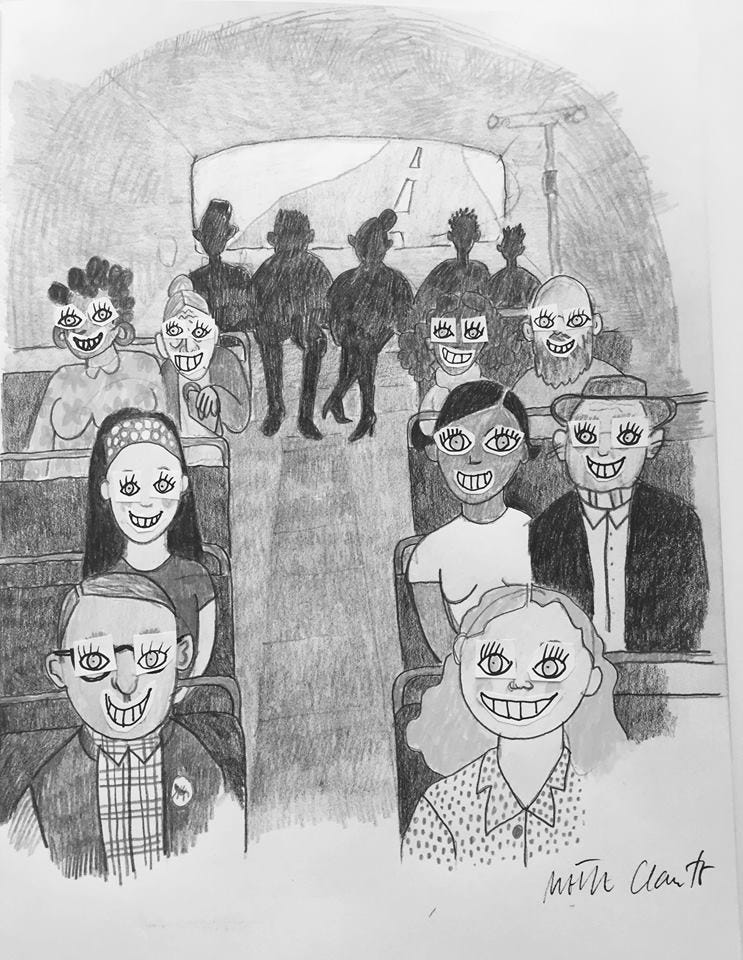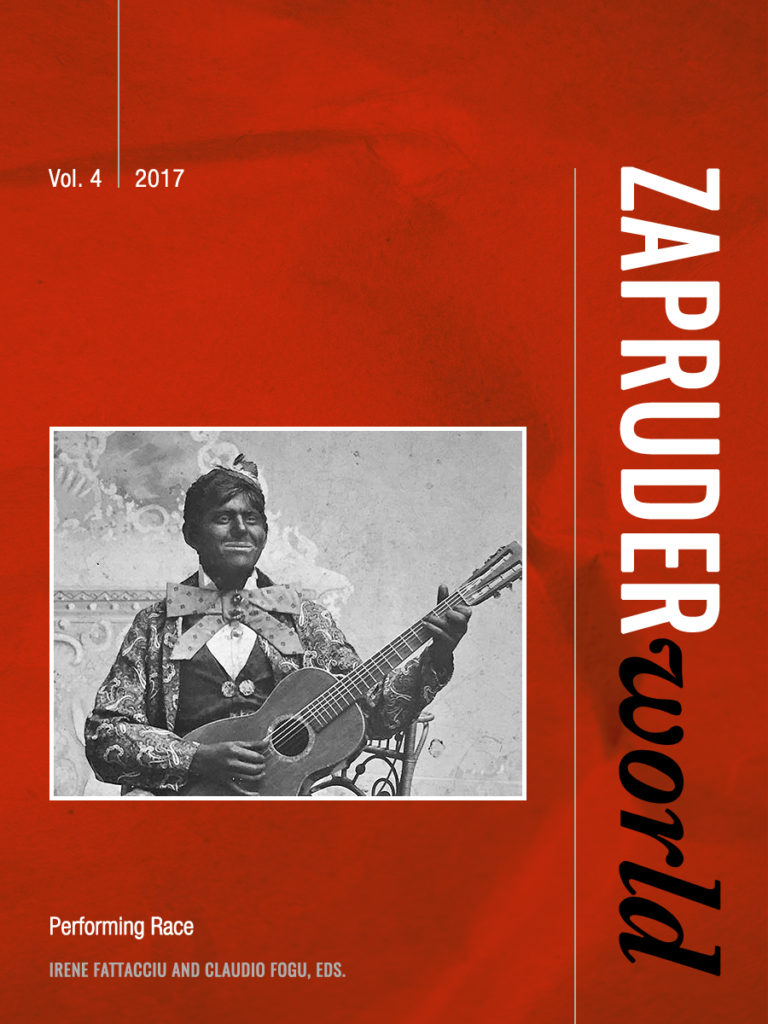The Blue Stain: A Novel of a Racial OutcastPosted in Books, Europe, Media Archive, Novels, Passing, United States on 2019-01-27 02:10Z by Steven |
The Blue Stain: A Novel of a Racial Outcast
Camden House (an imprint of Boydell & Brewer)
May 2017 (Originally published in 1922)
182 pages
9×6 in
Paperback ISBN: 9781571139993
Hardback ISBN: 9781571139825
eBook for Handhelds ISBN: 9781782049975
eBook ISBN: 9781787440876
Translated by:
Peter Höyng, Associate Professor of German Studies
Emory University, Atlanta, Georgia
Chauncey J. Mellor, Emeritus Professor of German
University of Tennessee, Knoxville
Afterword by:
Kenneth R. Janken, Professor of African American and Diaspora Studies
University of North Carolina, Chapel Hill
A European novel of racial mixing and “passing” in early twentieth-century America that serves as a unique account of transnational and transcultural racial attitudes that continue to reverberate today.
Hugo Bettauer’s The Blue Stain, a novel of racial mixing and “passing,” starts and ends in Georgia but also takes the reader to Vienna and New York. First published in 1922, the novel tells the story of Carletto, son of a white European academic and an African American daughter of former slaves, who, having passed as white in Europe and fled to America after losing his fortune, resists being seen as “black” before ultimately accepting that identity and joining the early movement for civil rights. Never before translated into English, this is the first novel in which a German-speaking European author addresses early twentieth-century racial politics in the United States – not only in the South but also in the North. There is an irony, however: while Bettauer’s narrative aims to sanction a white/European egalitarianism with respect to race, it nevertheless exhibits its own brand of racism by asserting that African Americans need extensive enculturation before they are to be valued as human beings. The novel therefore serves as a unique historical account of transnational and transcultural racial attitudes of the period that continue to reverberate in our present globalized world.
Table of Contents
- Introduction by Peter Höyng
- Part One: Georgia
- Part Two: Carletto
- Part Three: The Colored Gentleman
- Afterword by Kenneth R. Janken







